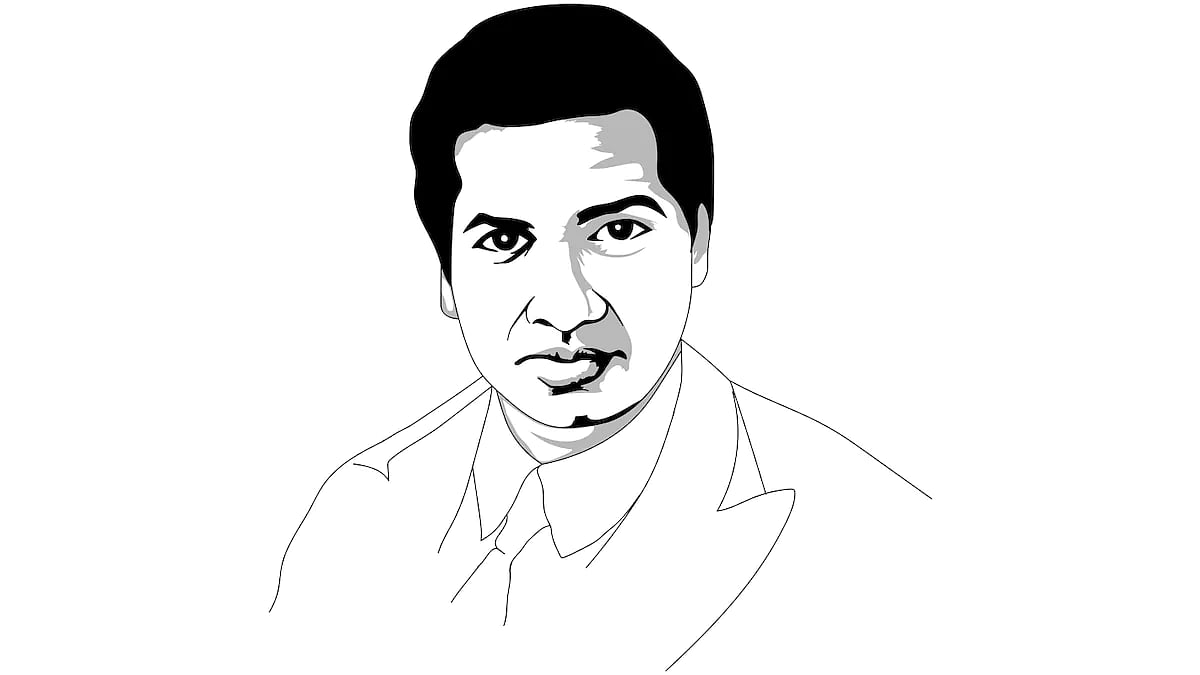Srinivasa Ramanujan was born on 22 December 1887. He died on 26 April 1920 at the age of 32 years. He had no formal training in mathematics yet made an exceptional contribution in the field of mathematics.
Ramanujan was born in Erode town in Tamil Nadu on December 22, 1887, and grew up in a small house at Kumbakonam that is now a museum in his honour. His father worked as a clerk and his mother was a homemaker. He showed advanced mathematical cognition as a child and at the age of 13, he had started working on his own sophisticated theorems.
Reports say Ramanujan used to jot down his ideas in green ink. One of his notebooks, known as the ‘lost notebook’, was found in the Trinity College library and was later published as a book.
Srinivasa Ramanujan made productive contributions to elliptic functions, continued fractions, and infinite series, and the analytical theory of numbers. In 1902, he solved cubic equations and used his own theory to solve quartic.
Ramanujan taught himself mathematics with the help of a Synopsis of elementary results in a pure mathematics book by G S Carr however the style of the book was completely different and had an unfortunate effect on Srinivasa.
Interesting facts about the Math Genius:
At the age of 15, Srinivasa Ramanujan obtained a copy of Synopsis on Elementary Results in Pure and Applied Mathematics, which contained 5,000 theorems, but had either brief proofs or did not have any. C Ramanujan then took to solving each of the theorems, eventually succeeding.
Ramanujan had obtained a scholarship for the University of Madras, but he ended up losing it because he neglected his studies in other subjects in favour of mathematics.
Srinivasa was in such poverty that he often sustained on minimal foods and did not even have enough money to obtain paper for his studies. As a result, he used slates for his mathematics and cleaned them with his elbow, leading to bruises and marks.
Even with little formal training in mathematics, Ramanujan published his first paper in the Journal of Indian Mathematical Society in 1911.
In 1913, Ramanujan started communicating with Godfrey H Hardy, a British mathematician. This led him to obtaining a scholarship from University of Madras and a grant from Trinity College in Cambridge, after which he travelled to England and started to work on some research with Hardy.
Even as Ramanujan did not have much knowledge about modern mathematics due to no formal guidance, no living mathematician equaled in his knowledge of continued fractions.
After his advances, especially in the field of partition of numbers, and the publication of his papers in several English as well as European journals, he was elected to the Royal Society of London in 1918.
Ramanujan was a sensitive person. He had once invited a friend and the friend’s fiancee to dinner while he was in Cambridge. However, when his friend and fiancee, full from eating Rasam, declined the next serving, Ramanujan vanished from the house without informing his friends.
When he returned four days later, he admitted to his friends that his feelings were hurt when his friends denied the serving.
After contracting tuberculosis, the mathematician recovered enough in 1919 to return to India, but died the following year, without much recognition. However, the mathematics community recognised him as a genius without peer.
The genius mathematician left as his legacy three notebooks and a huge bundle of pages, which contained unpublished result which were being verified by mathematicians many years after his death.










